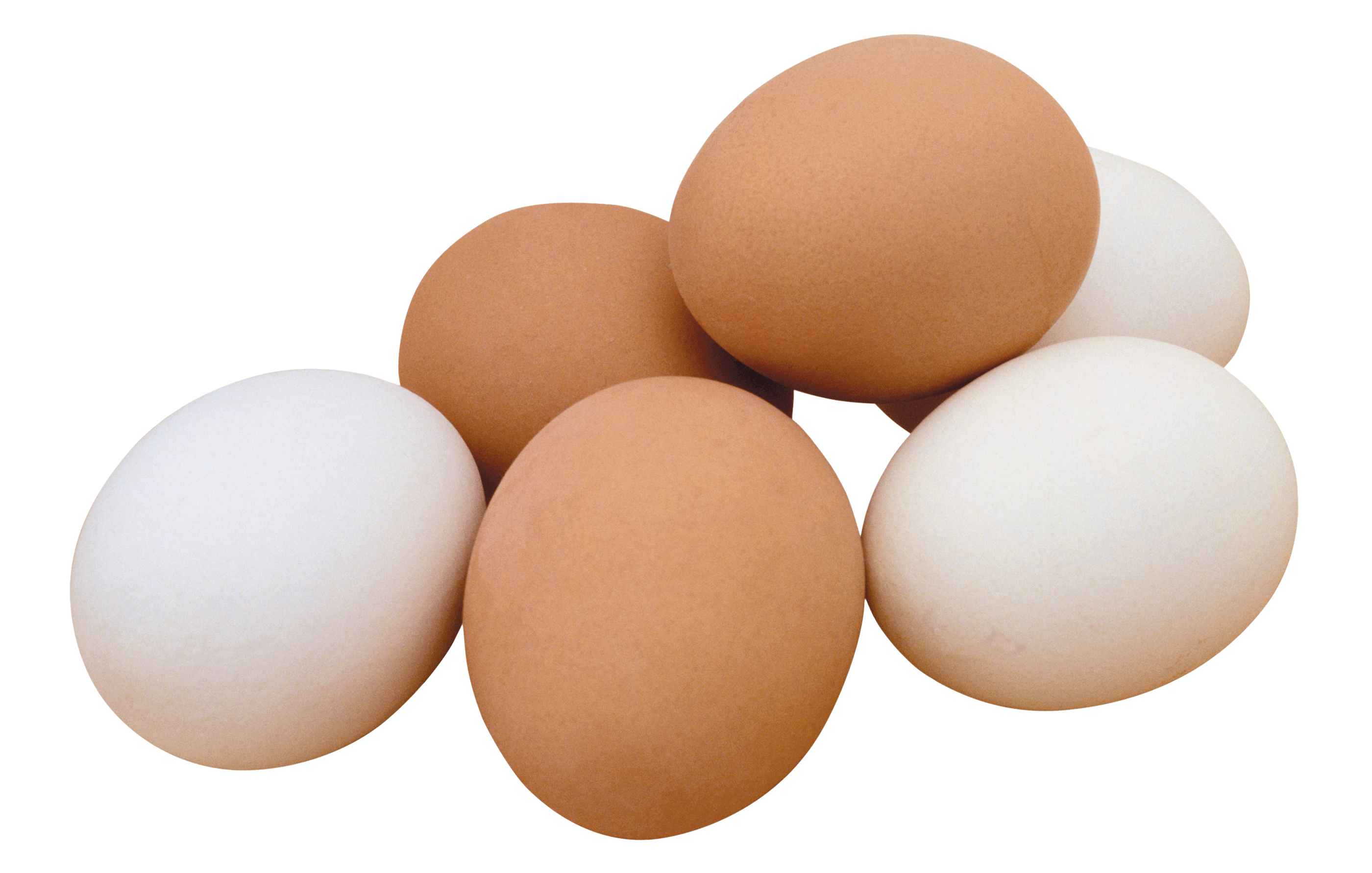Take a walk around a pond in springtime and you may encounter a peculiar sight – clumps of gelatinous, transparent blobs attached to vegetation under the water. These strange egg masses belong to amphibians and are a key part of their reproductive process But what exactly are these eggs in jelly-like sacs seen in ponds?
Overview of Amphibian Eggs
Many amphibians, like frogs, toads, and salamanders, lay eggs in ponds and slow-moving fresh water. The eggs are enclosed in a protective, transparent jelly-like substance that contains nutrients and provides safety.
The jelly suspension allows the eggs to float and prevents them from sinking into debris at the bottom. The clear jelly also lets in sunlight to nurture the developing embryos. The eggs hatch into larvae like tadpoles that eventually metamorphose into juvenile amphibians.
The Egg-Laying Process
In early spring when ponds start warming, amphibians emerge from winter dormancy to mate. The male grasps onto the female’s back in a position called amplexus to externally fertilize the eggs as they are laid.
The female deposits long strands of eggs encased in jelly, usually attached to submerged vegetation like branches or reeds This provides support and protection from predators
Frog egg masses contain thousands of eggs and toad clutches contain hundreds. The male then releases sperm over the eggs to internally fertilize them as they are surrounded by the jelly coating.
Appearance of the Egg Masses
The egg masses containing developing embryos look like transparent clusters of clear grapes or bubbles. The jelly surrounding each egg capsule is thick and firm yet slimy to the touch.
The size of the egg mass varies by species – some span over a foot long containing thousands of eggs, while other smaller clutches may be only a few inches across. The embryos are often dark black specks suspended in the jelly, especially closer to hatching.
Protective Jelly Coating
The jelly encasing the eggs serves multiple purposes:
-
Protects the eggs from drying out and provides moisture
-
Insulates the eggs from temperature fluctuations
-
Allows gas exchange for the embryo to breathe
-
Provides protection from predators like fish and insects
-
Contains nutrients and antibiotics to foster growth
-
Prevents the eggs from sinking into muddy bottoms
-
Holds the eggs together in a mass for optimal development
Hatching of Amphibian Larvae
The fertilized eggs undergo rapid cell division within the jelly cocoons. After a development period ranging from days to weeks based on species and water temperature, the eggs hatch into larvae.
The larvae have gills,tails for swimming, and lack limbs. They consume the remaining jelly and any small microorganisms until the yolk is fully absorbed. Tadpoles and salamander larvae eventually grow into juvenile amphibians and emerge onto land.
Examples of Amphibians That Lay Eggs in Jelly Masses
Some common amphibians that attach jelly-coated eggs to pond vegetation include:
-
Green frogs – Eggs are laid in glob-shaped masses around 2-4 inches wide.
-
Bullfrogs – Large clutches containing up to 20,000 eggs encased in jelly.
-
Wood frogs – Small clusters of eggs attached to submerged twigs and grasses.
-
Spotted salamanders – Delicate jelly blobs containing developing embryos.
-
American toads – Long strands of small eggs surrounded by jelly.
Threats to the Egg Masses
The gelatinous egg clutches face multiple threats in the ponds where they were laid:
-
Fungi and bacteria can infiltrate the jelly, causing the eggs to turn white and die.
-
Predators like fish, turtles, birds, and insects feed on the nutritious jelly and eggs.
-
Pollution from agricultural runoff can trigger deformities in embryos.
-
Drying up of ponds from drought kills the eggs when they are no longer submerged.
-
Human disturbance of the egg masses can compromise the protective jelly.
In Summary
The transparent jelly blobs seen attached to vegetation in ponds are actually amphibian eggs, containing embryos that will hatch into tadpoles and salamanders. The firm yet slimy jelly protects, nourishes, and provides oxygen to the developing offspring. These egg masses are a crucial step in the life cycle of amphibians. Next time you come across this peculiar sight, take a moment to appreciate the miracle of nature unfolding.
Toad Eggs In an Aquascape Ecosystem Pond
FAQ
What are the clear jelly eggs in my pond?
What are the red eggs in my pond?

